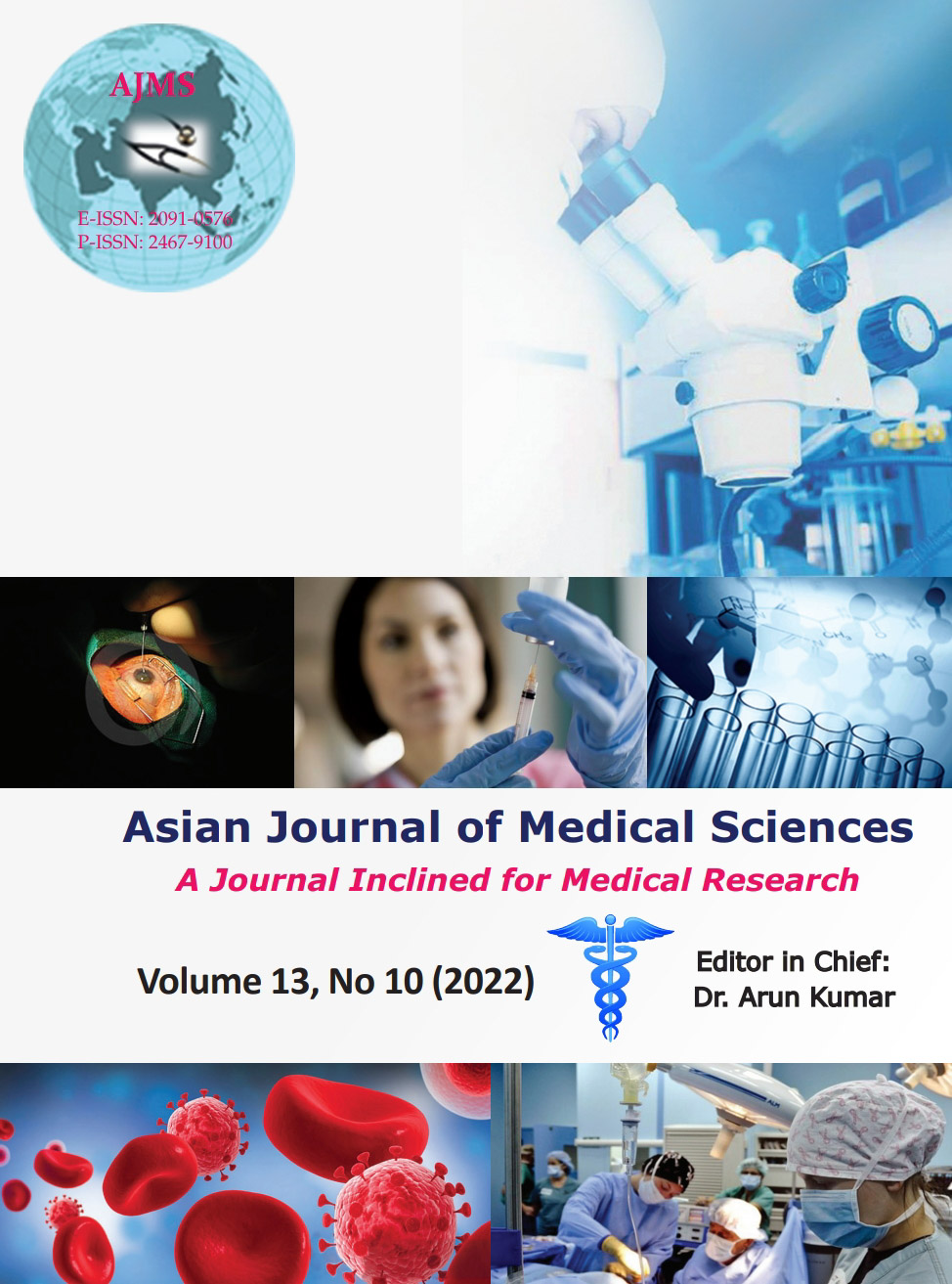An audit of maternal near-miss and mortality cases in a tertiary care rural teaching hospital in Eastern India: A 2-year retrospective analytical case–control study
Keywords:
Audit; Maternal mortality; Near-miss; Rural hospitalAbstract
Background: Maternal near-miss and mortality patients provide firsthand knowledge of remote and immediate factors linked to morbidity and mortality.
Aims and Objectives: The objectives of this study were to evaluate the characteristics of maternal near-miss and mortality cases in a tertiary care hospital.
Materials and Methods: The present study is a retrospective analytical case–control study analyzing the different factors associated with maternal near-miss and mortality and comparing the same with a control group having mothers with normal outcome. Data were obtained from record section of Rampurhat Medical College from January 2019 to December 2020.
Results: During the study period, maternal mortality ratio was 223 and near-miss cases were 501/lakh live births. Critical care unit admission rate was 2.1% of the total admitted obstetric cases. The maternal near-miss mortality ratio was 2.25. Most women in our study group were anemic teenagers or multigravidas from rural areas with poor educational status and irregular antenatal check-ups as compared to the control group. The most common primary diagnosis in the near-miss group was obstetric hemorrhage (47.47%), while in the mortality group was eclampsia and pre-eclampsia (29.5%), obstetric h emorrhage (20.45%), and heart disease (15.9%). About 81.8% of the participants in the study group had fulfilled the near-miss criteria at the time of admission itself, while 4.5% were brought dead.
Conclusion: The underlying risk factors have to be corrected. There should be strict screening protocols from first antenatal visit itself, and earlier referral to higher centers.
Downloads
Downloads
Published
How to Cite
Issue
Section
License
Copyright (c) 2022 Asian Journal of Medical Sciences

This work is licensed under a Creative Commons Attribution-NonCommercial 4.0 International License.
Authors who publish with this journal agree to the following terms:
- The journal holds copyright and publishes the work under a Creative Commons CC-BY-NC license that permits use, distribution and reprduction in any medium, provided the original work is properly cited and is not used for commercial purposes. The journal should be recognised as the original publisher of this work.
- Authors are able to enter into separate, additional contractual arrangements for the non-exclusive distribution of the journal's published version of the work (e.g., post it to an institutional repository or publish it in a book), with an acknowledgement of its initial publication in this journal.
- Authors are permitted and encouraged to post their work online (e.g., in institutional repositories or on their website) prior to and during the submission process, as it can lead to productive exchanges, as well as earlier and greater citation of published work (See The Effect of Open Access).




